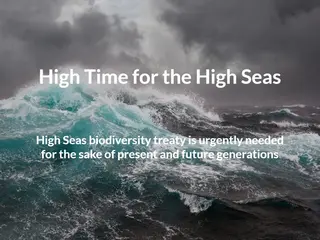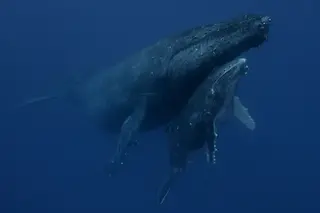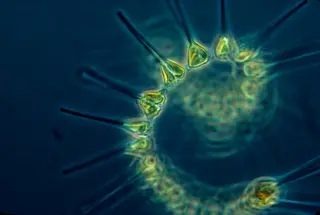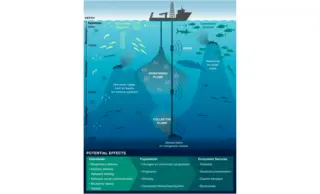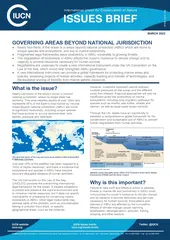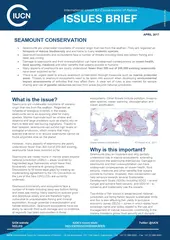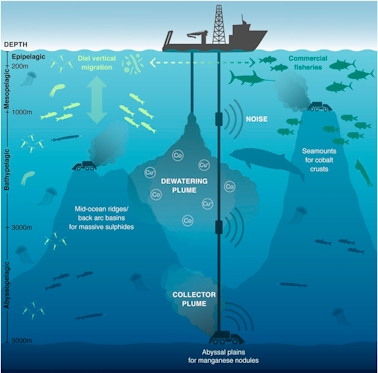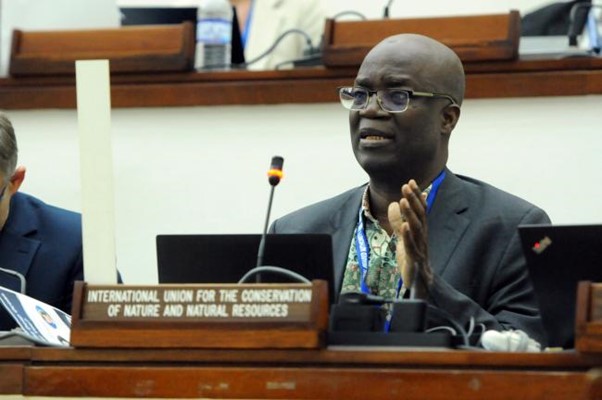About high seas governance
At the 2012 UN Conference on Sustainable Development (Rio +20), States committed themselves "to address, on an urgent basis [...] the issue of the conservation and sustainable use of marine biological diversity of areas beyond national jurisdiction, including by taking a decision on the development of an international instrument under the United Nations Convention on the Law of the Sea (UNCLOS)."
(UNCLOS) is an international treaty which was adopted and signed in 1982.
The Convention has created three new institutions on the international scene :
– the International Tribunal for the Law of the Sea,
– the International Seabed Authority,
– the Commission on the Limits of the Continental Shelf.
Following a two year Preparatory Committee process, the United Nations General Assembly adopted Resolution 72/249 (24 December 2017) to convene an intergovernmental conference (IGC) to develop an international legally binding instrument on marine biodiversity in areas beyond national jurisdiction (BBNJ).
